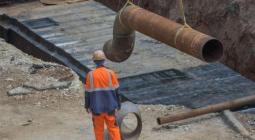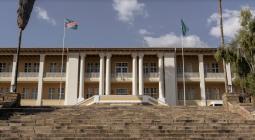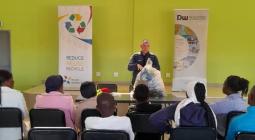EU makes Namibia a key part of its infrastructure plan to rival China

The European Union has made Namibia a key part of a major infrastructure development plan it is rolling out to rival China’s Belt and Road Initiative.
The southern African country has agreed a partnership with the bloc to develop its renewable hydrogen capacity, backed by 1 billion euros ($1 billion) in EU investments. The deal is part of the EU’s Global Gateway initiative, a plan to “mobilize” 300 billion euros ($322 billion) in public and private investments to develop projects focused on green energy, transport infrastructure and digital economies in various parts of the world.
The agreement was announced yesterday at an EU summit in Brussels to launch the bloc’s global infrastructure initiative that was attended by government officials, financial institutions, policymakers and business leaders.
The partnership with Namibia includes plans to develop the Walvis Bay port, the entry point from the Atlantic side to the Walvis Bay – Maputo Corridor. Jutta Urpilainen, European commissioner for international partnerships, held talks with Namibian President Hage Geingob at the first ever EU-Namibia Business Forum, which was held in Brussels this week. She told Semafor Africa about the partnership.





